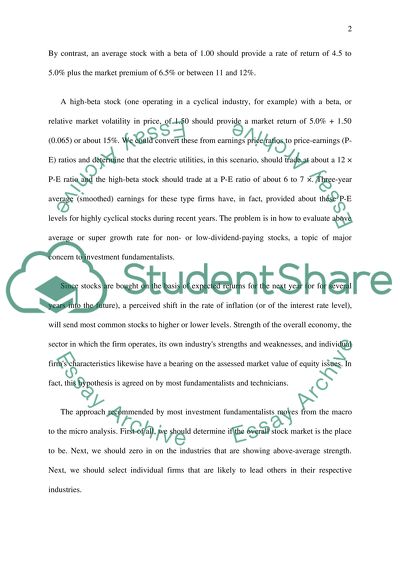Cite this document
(The Capital Asset Pricing Model Theory Coursework - 1, n.d.)
The Capital Asset Pricing Model Theory Coursework - 1. Retrieved from https://studentshare.org/finance-accounting/1543545-the-capital-asset-pricing-model-capm-isnt-wrong-it-just-doesnt-go-far-enough-discuss
The Capital Asset Pricing Model Theory Coursework - 1. Retrieved from https://studentshare.org/finance-accounting/1543545-the-capital-asset-pricing-model-capm-isnt-wrong-it-just-doesnt-go-far-enough-discuss
(The Capital Asset Pricing Model Theory Coursework - 1)
The Capital Asset Pricing Model Theory Coursework - 1. https://studentshare.org/finance-accounting/1543545-the-capital-asset-pricing-model-capm-isnt-wrong-it-just-doesnt-go-far-enough-discuss.
The Capital Asset Pricing Model Theory Coursework - 1. https://studentshare.org/finance-accounting/1543545-the-capital-asset-pricing-model-capm-isnt-wrong-it-just-doesnt-go-far-enough-discuss.
“The Capital Asset Pricing Model Theory Coursework - 1”. https://studentshare.org/finance-accounting/1543545-the-capital-asset-pricing-model-capm-isnt-wrong-it-just-doesnt-go-far-enough-discuss.


